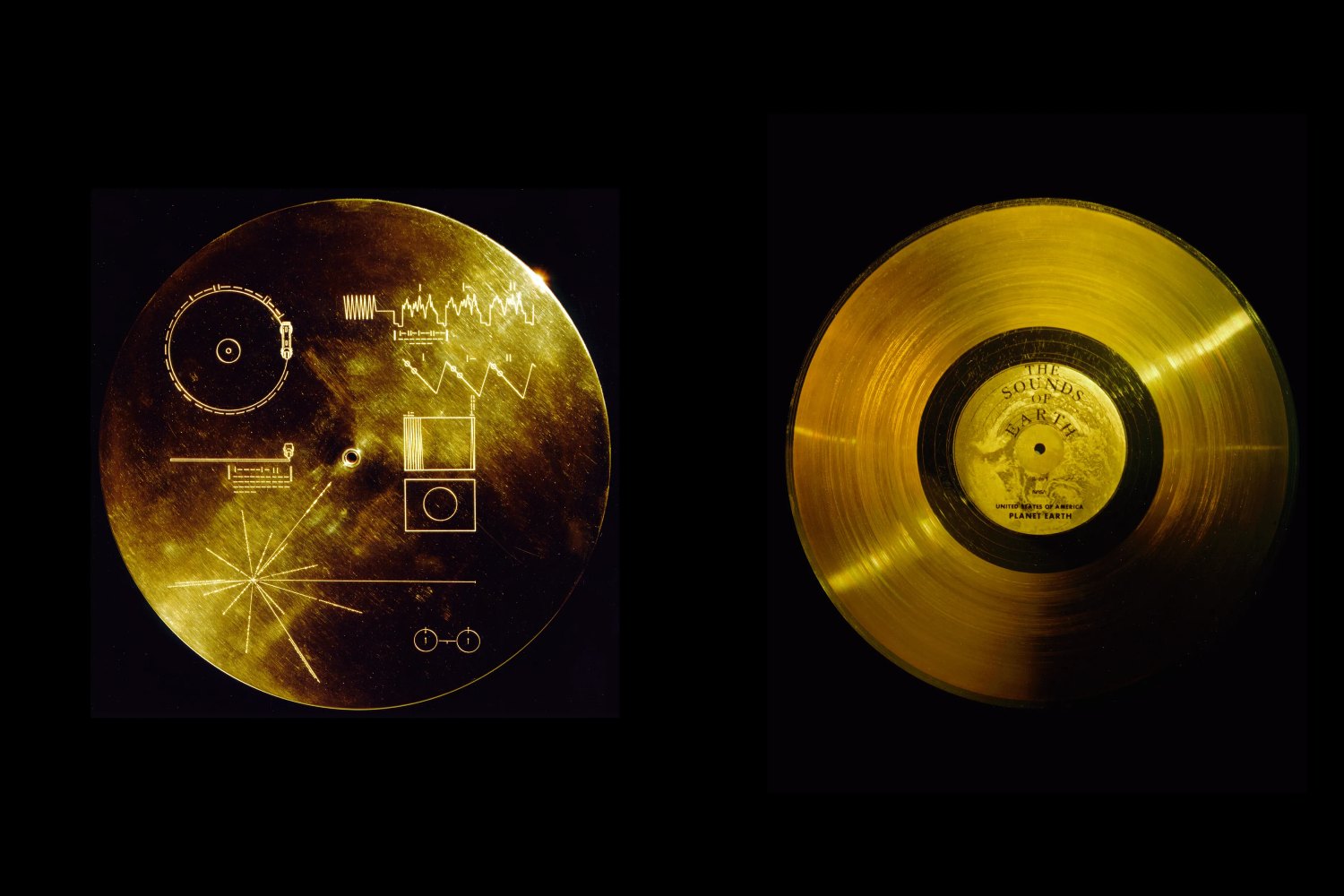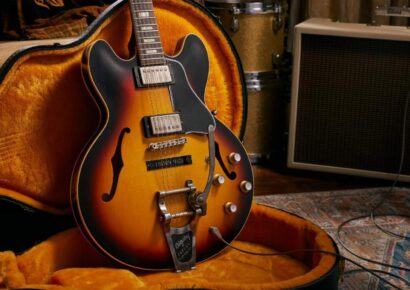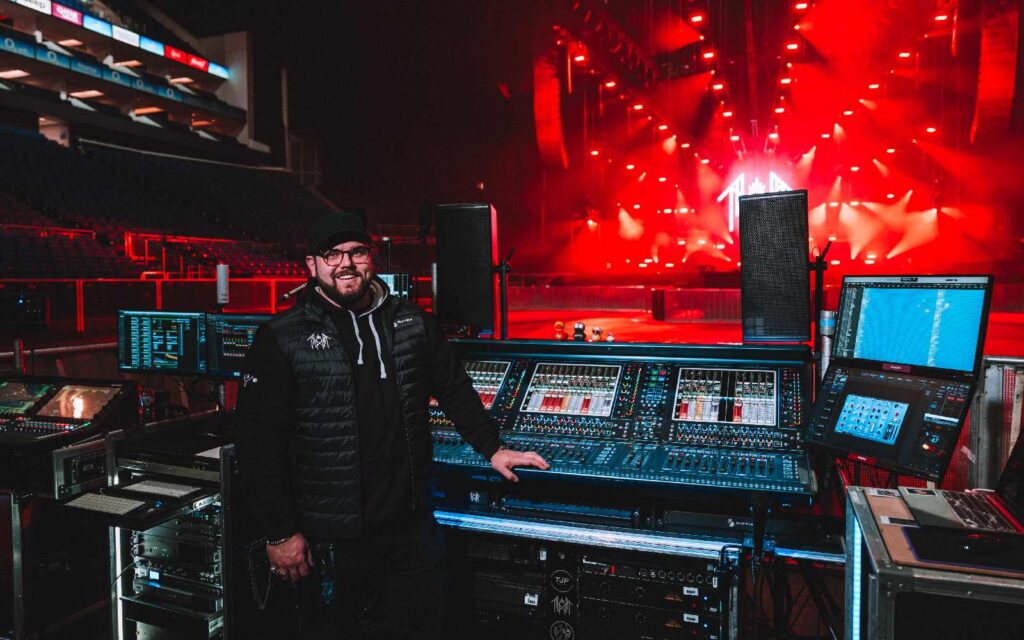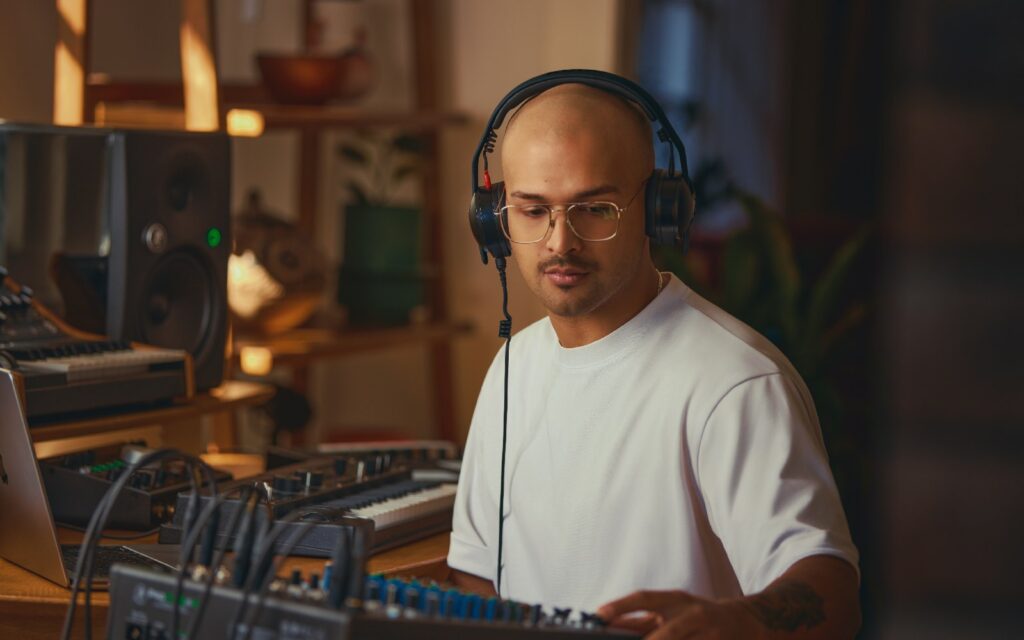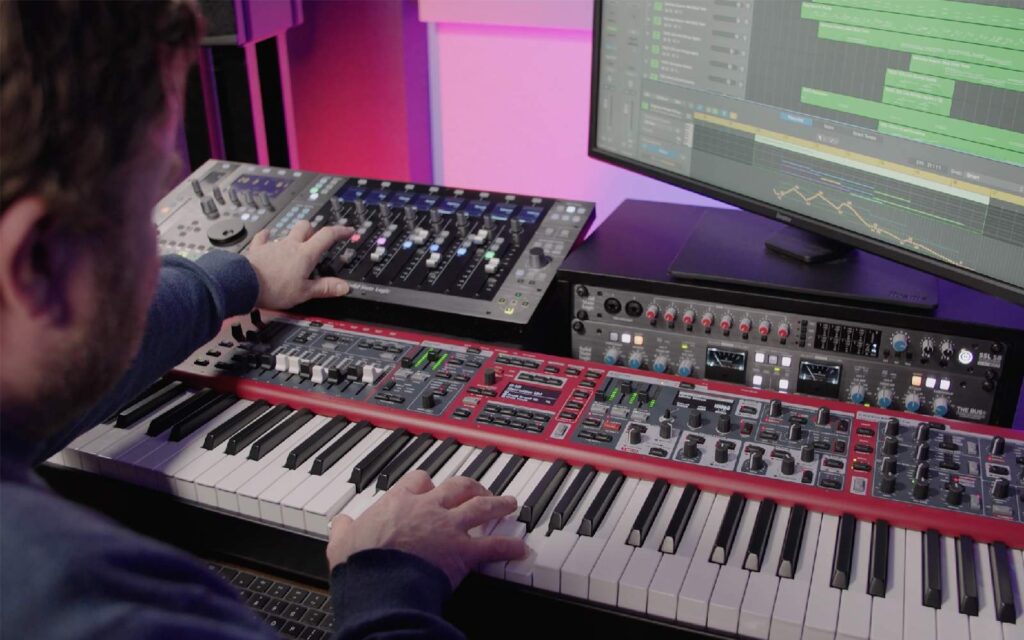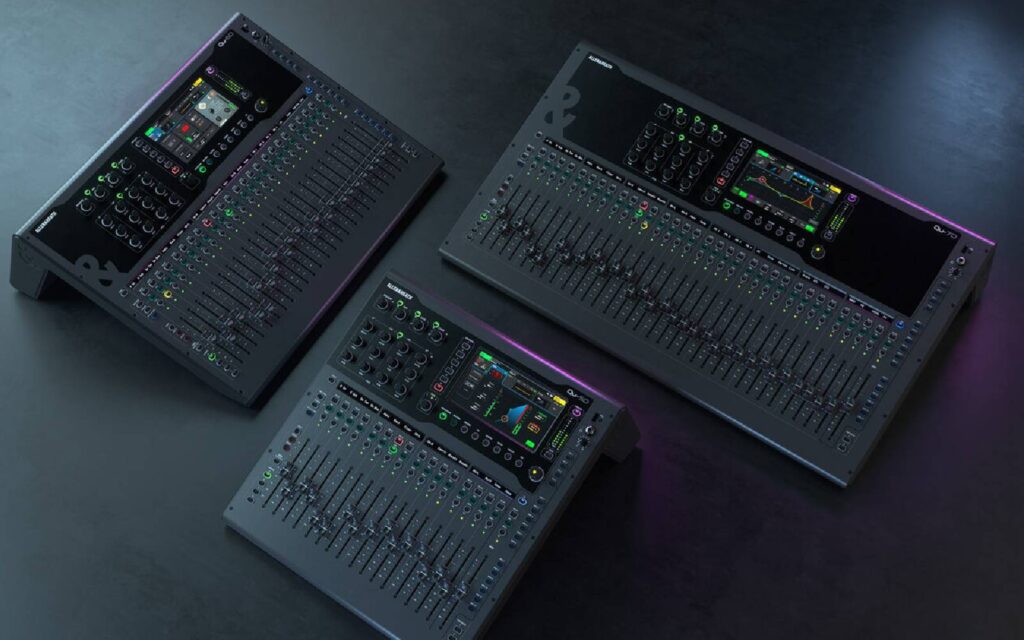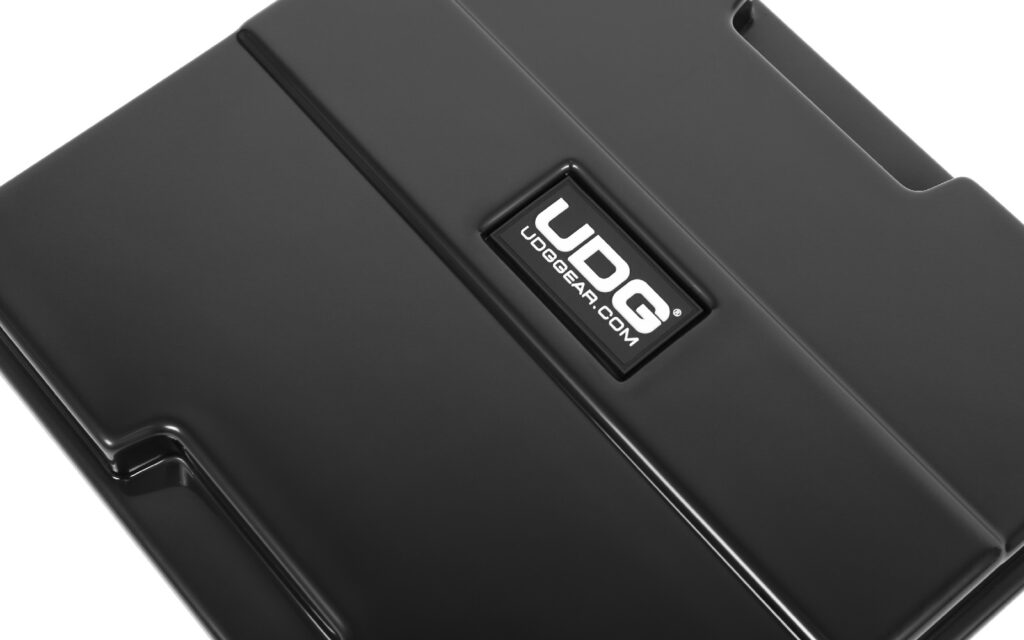A breakdown of the human opus that serves as a time capsule chosen to communicate the story of human existence
2027 marks the 50th anniversary of the launch of Voyager 1, a huge leap in human scientific development that, originally sent to explore outer region planets in our solar system, has now reached interstellar space and continues to send back information to Earth. On both the Voyager 1 and Voyager 2, NASA placed a message for extra-terrestrials, that serves as a time capsule chosen to communicate the story of human existence.
Voyager Golden Record
This message was placed on a 12-inch gold plated copper disk, fit with symbolic instructions for use. The disk was aptly nicknamed ‘The Golden Record’, with an official title of ‘The Sounds of Earth’. Hand-etched onto the disk is the inscription “To the makers of music – all worlds, all time”, located on the take-out grooves.
Read all the latest music news here.
The contents of the record were chosen by a committee led by chairman Carl Sagan, as the selection of different sounds, images, and music took almost a year.
Voyager Golden Record vinyl
On this record features 115 images in analogue form, a variety of natural Earth sounds such as wind, animals, thunder, and waves. There are also spoken greetings in 55 languages, a printed message from the US president at the time, Jimmy Carter, and the morse-code for the Latin, ‘Per aspera ad astra’ or ‘Our aspirations take us to the stars’. As well as this, there is a 90-minute collection of music featured on the record.
The music collection featured on ‘The Golden Record’ is vast and sporadic. It pulls from Eastern, Western, and traditional music, providing a diverse exploration of human sound. The sounds are overwhelmingly different, from track to track. One such example is from the first to second recording which transitions from Bach’s Brandenburg Concerto No. 2 in F. First Movement as performed by the Munich Bach Orchestra, into the Indonesian Java Court Gamelan’s “Kind of Flowers”, a recording by ethnomusicologist, Robert E. Brown. The record then moves into Senegal percussion, before a Pygmy Girls Initiation track.
There is also an Australian addition to ‘The Sounds of Earth’, with a recorded song by First Nations author, film maker and art collector, Sandra LeBrun Holmes. Holmes spent several years during the 1950s in the Australian desert recording Aboriginal songs and stories to further bring light to the plight of Aboriginal people. The song featured on ‘The Golden Record’ is ‘Morning Star and Devil Bird’.
More 20th century contemporary acts featured are Lorenzo Barcelata’s mariachi classic ‘El Cascabel’, Missouri rocker Chuck Berry’s ‘Johnny B. Goode’ and legendary jazz artist Louis Armstrong’s ‘Melancholy Blues’.
The remaining tracks from ‘The Sounds of Earth’ include various songs emanating from India, China, Peru, the Solomon Islands, Bulgaria, and Japan, as well as various Beethoven, Bach, and Mozart concertos.
The penultimate song is perhaps the most haunting on the record, as one of the potentially last records of human existence: ‘Dark Was the Night Cold Was the Ground’, written and performed by Blind Willie Johnson. The song is said to convey the pain of the death of Jesus Christ before his death, from the perspective of both himself and his disciples. It also emulates Blind Willie Johnson’s own experience of homelessness, who, after his house burnt down, sang and begged until he succumbed to his battle with malaria.
The final track, Beethoven, String Quartet No. 13 in B flat, Opus 130, Cavatina, performed by Budapest String Quartet, is a moving piece, which Beethoven himself never was witness to, dying merely a month before its premiere.
This diverse collection of sounds, songs, images and messages that is currently floating in interstellar space, is now available to the public on vinyl, after a Kickstarter in 2016 raised over one million USD in support of its production.
The 3XLP Record is now available for purchase on Ozma Records.
